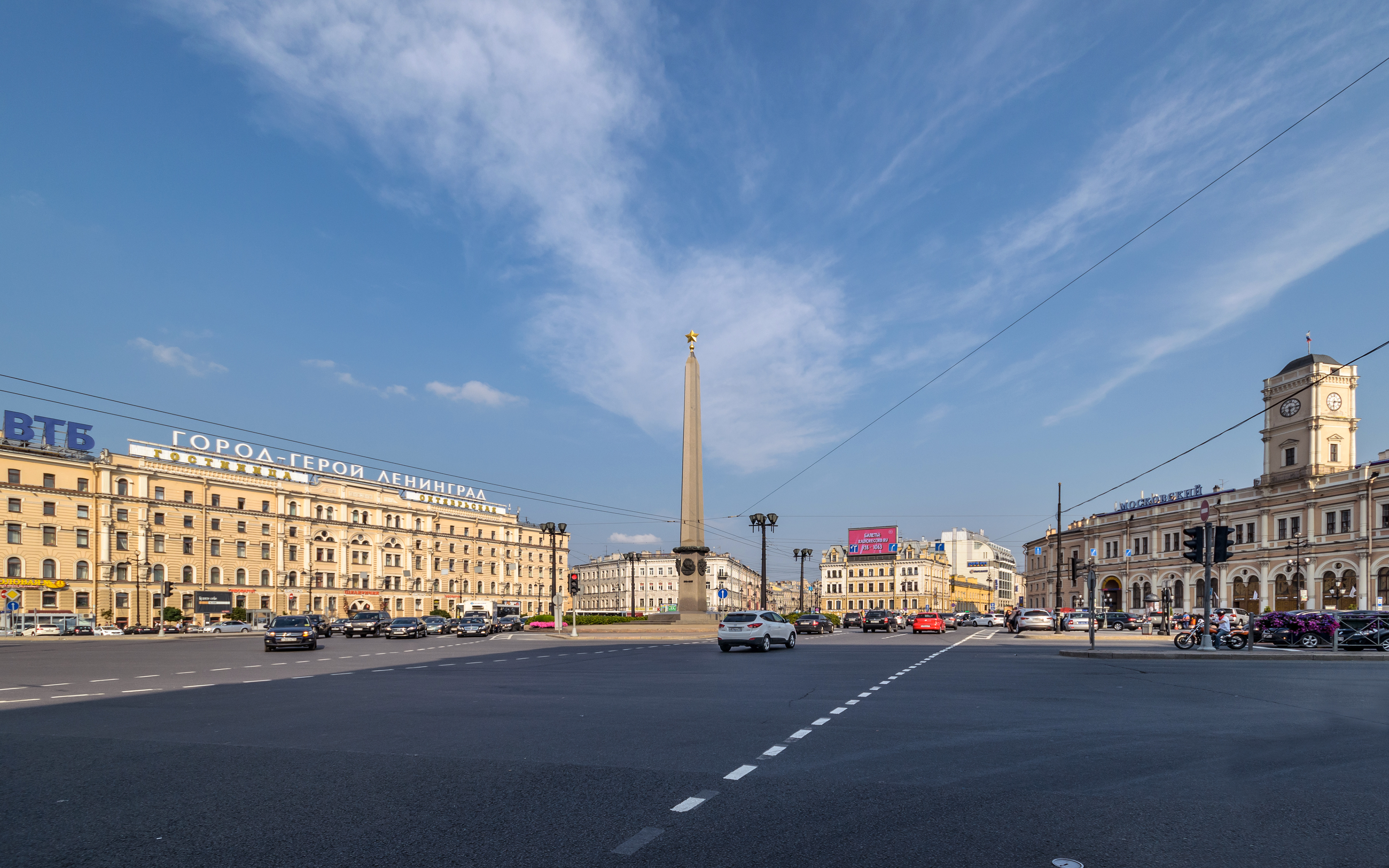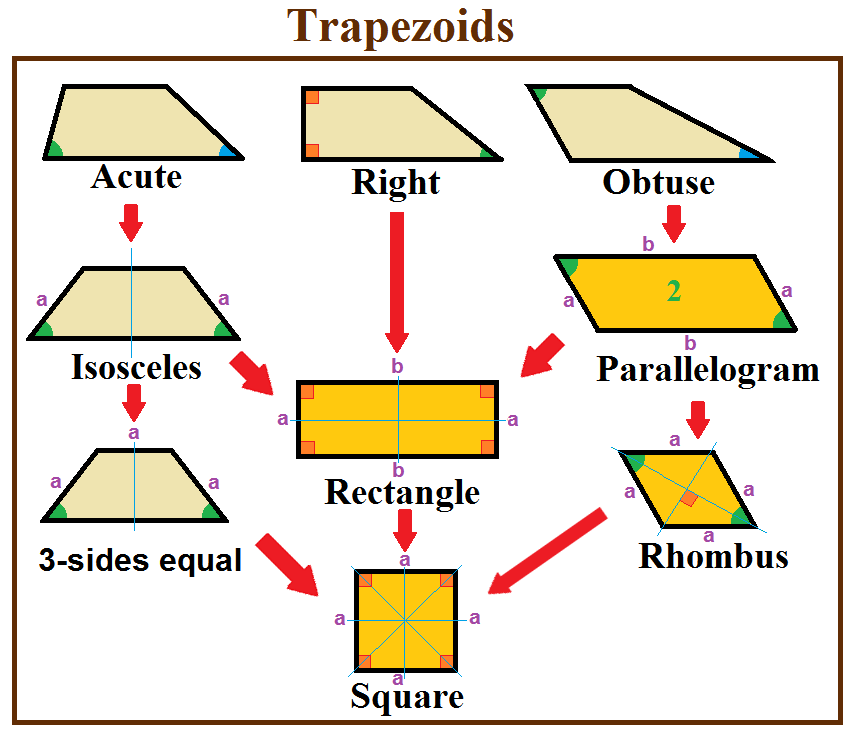|
Marble Palace
The Marble Palace () is one of the first Neoclassical palaces in Saint Petersburg, Russia. It is situated between the Field of Mars and Palace Quay, slightly to the east from New Michael Palace. Design and pre-1917 owners The palace was built as a gift from Empress Catherine the Great for Count Grigory Orlov, her favourite and the most powerful Russian nobleman of the 1760s. Construction started in 1768 to designs by Antonio Rinaldi, who previously had helped decorate the grand palace at Caserta near Naples, and lasted for 17 years. The palace takes its name from its opulent decoration in a wide variety of polychrome marbles. A rough-grained Finnish granite on the ground floor is in subtle contrast to polished pink Karelian marble of the pilasters and white Urals marble of capitals and festoons. Panels of veined bluish gray Urals marble separate the floors, while Tallinn dolomite was employed for ornamental urns. In all, 32 disparate shades of marble were used to deco ... [...More Info...] [...Related Items...] OR: [Wikipedia] [Google] [Baidu] |
Field Of Mars (Saint Petersburg)
The Field of Mars () is a large square in the centre of Saint Petersburg. Over its long history it has been alternately a meadow, park, pleasure garden, military parade ground, revolutionary pantheon and public meeting place. The space now covered by the Field of Mars was initially an open area of swampy land between the developments around the Admiralty building, Saint Petersburg, Admiralty, and the imperial residence in the Summer Garden. It was drained by the digging of canals in the first half of the eighteenth century, and initially served as parkland, hosting a tavern, post office and the royal menagerie. Popular with the nobility, several leading figures of Petrine society established their town houses around the space in the mid eighteenth century. Under Peter the Great it was laid out with paths for walking and riding, and hosted military parades and festivals. During this period, and under Peter's successors it was called the "Empty Meadow" and the "Great Meadow". Anna ... [...More Info...] [...Related Items...] OR: [Wikipedia] [Google] [Baidu] |
Urals
The Ural Mountains ( ),; , ; , or simply the Urals, are a mountain range in Eurasia that runs north–south mostly through Russia, from the coast of the Arctic Ocean to the river Ural (river), Ural and northwestern Kazakhstan.Ural Mountains , Encyclopædia Britannica on-line The mountain range forms part of the Boundaries between the continents of Earth, conventional boundary between the continents of Europe and Asia, marking the separation between European Russia and Siberia. Vaygach Island and the islands of Novaya Zemlya form a further continuation of the chain to the north into the Arctic Ocean. The average altitudes of the Urals are around , the highest point being Mount Narodnaya, which reaches a height of . The mountains lie within the Ural (region), Ural geographical region and significantl ... [...More Info...] [...Related Items...] OR: [Wikipedia] [Google] [Baidu] |
Vosstaniya Square
Vosstaniya Square ( rus, Плóщадь Восстáния, r=Plóshchad' Vosstániya, p=ˈploɕːɪtʲ vɐsːˈtanʲɪjə, t=Uprising Square, links=yes), before 1918 Znamenskaya Square (), is a major square in the Central Business District, Saint Petersburg, Central Business District of Saint Petersburg, Russia. The square lies at the crossing of Nevsky Prospekt, Ligovsky Prospekt, Vosstaniya Street and Goncharnaya Street, in front of the Moskovsky Rail Terminal (Saint Petersburg), Moskovsky Rail Terminal, which is the northern terminus of the line connecting the city with Moscow. Administratively, the Vosstaniya Square falls under the authority of the Tsentralny District, Saint Petersburg, Tsentralny District. History From the 1840s to 1918, the square was known as ''Znamenskaya Square'', after the built there between 1794 and 1804 in a Neoclassical architecture , Neoclassical design by . The church building commemorated the icon of Our Lady of the Sign (Novgorod), Our Lady ... [...More Info...] [...Related Items...] OR: [Wikipedia] [Google] [Baidu] |
Paolo Troubetzkoy
Prince Paolo Petrovich Troubetzkoy (also known as Pavel or Paul; ; Intra, Italy, 15 February 1866 — Pallanza, 12 February 1938) was an Italian sculptor of Russian origin who was described by George Bernard Shaw as "the most astonishing sculptor of modern times".G.B. Shaw, Preface to the catalogue of an exhibition of sculpture by Troubetzkoy at the P. & D. Colnaghi Galleries, London, 1931, i''The Complete Prefaces: 1930-1950''(Allen Lane, 1997), pp. 97-98. By birth, he was a member of the ancient House of Trubetskoy. Life He was the son of Russian diplomat, Prince Peter Petrovich Troubetzkoy (1822–1892) and his second wife, lyric singer Ada Winans (1831–1917). His paternal grandmother was Princess Emilie zu Sayn-Wittgenstein-Sayn (1801–1869), which makes him great-grandson of famous Marshal Prince Peter zu Sayn-Wittgenstein-Berleburg-Ludwigsburg. He worked in Italy, Russia, the United States, England and France. Troubetzkoy grew up in a family open to the influence ... [...More Info...] [...Related Items...] OR: [Wikipedia] [Google] [Baidu] |
Alexander III Of Russia
Alexander III (; 10 March 18451 November 1894) was Emperor of Russia, King of Congress Poland and Grand Duke of Finland from 13 March 1881 until his death in 1894. He was highly reactionary in domestic affairs and reversed some of the liberal reforms of his father, Alexander II, a policy of "counter-reforms" (). Under the influence of Konstantin Pobedonostsev (1827–1907), he acted to maximize his autocratic powers. During his reign, Russia fought no major wars, and he came to be known as The Peacemaker ( ), with the laudatory title of ''Tsar’-Mirotvorets'' enduring into 21st century historiography. His major foreign policy achievement was the Franco-Russian Alliance, a major shift in international relations that eventually embroiled Russia in World War I. His political legacy represented a direct challenge to the European cultural order set forth by German statesman Otto von Bismarck, intermingling Russian influences with the shifting balances of power. Early life ... [...More Info...] [...Related Items...] OR: [Wikipedia] [Google] [Baidu] |
Equestrian Statue
An equestrian statue is a statue of a rider mounted on a horse, from the Latin ''eques'', meaning 'knight', deriving from ''equus'', meaning 'horse'. A statue of a riderless horse is strictly an equine statue. A full-sized equestrian statue is a difficult and expensive object for any culture to produce, and figures have typically been portraits of rulers or, in the Renaissance and more recently, military commanders. Although there are outliers, the form is essentially a tradition in Western art, used for imperial propaganda by the Roman emperors, with a significant revival in Italian Renaissance sculpture, which continued across Europe in the Baroque, as mastering the large-scale casting of bronze became more widespread, and later periods. Statues at well under life-size have been popular in various materials, including porcelain, since the Renaissance. The riders in these may not be portraits, but figures from classical mythology or generic figures such as Native Americans in t ... [...More Info...] [...Related Items...] OR: [Wikipedia] [Google] [Baidu] |
October Revolution
The October Revolution, also known as the Great October Socialist Revolution (in Historiography in the Soviet Union, Soviet historiography), October coup, Bolshevik coup, or Bolshevik revolution, was the second of Russian Revolution, two revolutions in Russia in 1917. It was led by Vladimir Lenin's Bolsheviks as part of the broader Russian Revolution of 1917–1923. It began through an insurrection in Petrograd (now Saint Petersburg) on . It was the precipitating event of the Russian Civil War. The initial stage of the October Revolution, which involved the assault on Petrograd, occurred largely without any casualties. The October Revolution followed and capitalized on the February Revolution earlier that year, which had led to the abdication of Nicholas II and the creation of the Russian Provisional Government. The provisional government, led by Alexander Kerensky, had taken power after Grand Duke Michael Alexandrovich of Russia, Grand Duke Michael, the younger brother of ... [...More Info...] [...Related Items...] OR: [Wikipedia] [Google] [Baidu] |
Vladimir Lenin
Vladimir Ilyich Ulyanov ( 187021 January 1924), better known as Vladimir Lenin, was a Russian revolutionary, politician and political theorist. He was the first head of government of Soviet Russia from 1917 until Death and state funeral of Vladimir Lenin, his death in 1924, and of the Soviet Union from 1922 until his death. As the founder and leader of the Bolsheviks, Lenin led the October Revolution which established the world's first socialist state. His government won the Russian Civil War and created a one-party state under the Communist Party of the Soviet Union, Communist Party. Ideologically a Marxist, his developments to the ideology are called Leninism. Born into a middle-class family in Simbirsk in the Russian Empire, Lenin embraced revolutionary socialist politics after Aleksandr Ulyanov, his brother was executed in 1887 for plotting to assassinate Alexander III of Russia, the tsar. He was expelled from Kazan Imperial University for participating in student prote ... [...More Info...] [...Related Items...] OR: [Wikipedia] [Google] [Baidu] |
Trapezoid
In geometry, a trapezoid () in North American English, or trapezium () in British English, is a quadrilateral that has at least one pair of parallel sides. The parallel sides are called the ''bases'' of the trapezoid. The other two sides are called the ''legs'' or ''lateral sides''. (If the trapezoid is a parallelogram, then the choice of bases and legs is arbitrary.) A trapezoid is usually considered to be a convex quadrilateral in Euclidean geometry, but there are also crossed cases. If ''ABCD'' is a convex trapezoid, then ''ABDC'' is a crossed trapezoid. The metric formulas in this article apply in convex trapezoids. Definitions ''Trapezoid'' can be defined exclusively or inclusively. Under an exclusive definition a trapezoid is a quadrilateral having pair of parallel sides, with the other pair of opposite sides non-parallel. Parallelograms including rhombi, rectangles, and squares are then not considered to be trapezoids. Under an inclusive definition, a trapezoid is ... [...More Info...] [...Related Items...] OR: [Wikipedia] [Google] [Baidu] |
Dolomite (rock)
Dolomite (also known as dolomite rock, dolostone or dolomitic rock) is a sedimentary rock, sedimentary carbonate rock that contains a high percentage of the mineral Dolomite (mineral), dolomite, CaMg(CO3)2. It occurs widely, often in association with limestone and evaporites, though it is less abundant than limestone and rare in Cenozoic rock beds (beds less than about 66 million years in age). One of the first geologists to distinguish dolomite from limestone was Déodat Gratet de Dolomieu, a French mineralogist and geologist after whom it is named. He recognized and described the distinct characteristics of dolomite in the late 18th century, differentiating it from limestone. Most dolomite was formed as a magnesium replacement of limestone or of Lime (mineral), lime mud before lithification. The geological process of conversion of calcite to dolomite is known as dolomitization and any intermediate product is known as dolomitic limestone. The "dolomite problem" refers to the v ... [...More Info...] [...Related Items...] OR: [Wikipedia] [Google] [Baidu] |








